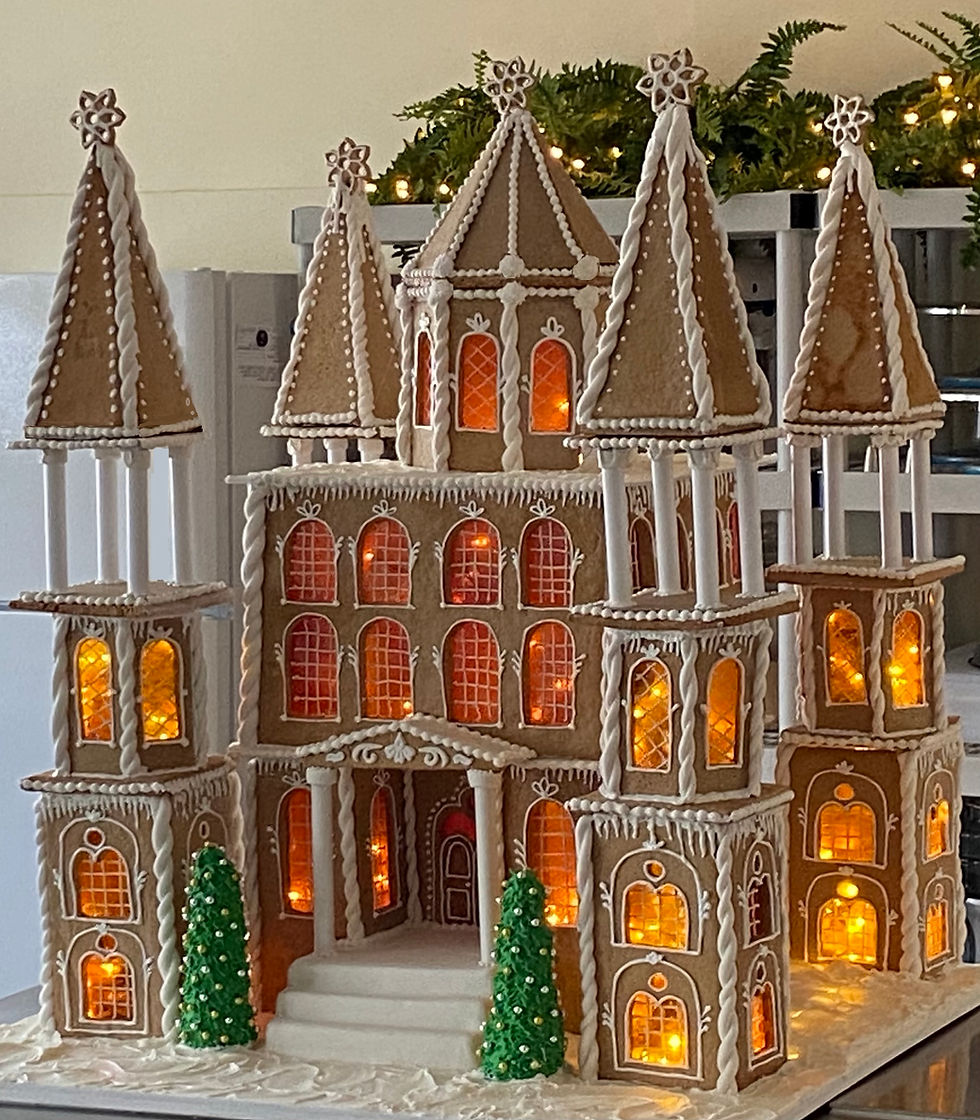MHCA's June Garden
- Our Daily Bread

- Jun 21, 2018
- 2 min read
Regardless of all the years that I have been gardening, it never ceases to amaze me how quickly things change in the garden from one week to the next. I took a few photos today and wanted to share our garden progress and evolution.

Thirty six tomato plants, in six different varieties have been planted about 6 weeks ago and are being trained up their trellises.
As they mature and grow, all bottom leaves are trimmed to encourage taller plants and better air circulation resulting in more fruit.
A heavy layer of salt hay and grass clippings prevent weeds and retains moisture while adding nutrients to the soil.

First time growing Kale and already have harvested young leaves for salads.
The younger the plant the more tender the leaves.

Using every possible square inch in the garden, peas are planted and trained to climb up side the back of a raised bed which contains potatoes, carrots and beets.
The pea plants seem to be happy even though traditionally peas are grown in March and April and prefer cooler temperatures.

Did you know that Beets belong to the same species as Swiss Chard ? So when growing for seed, do not plant both crops at the same time. Beets are tasty and easy to grow, and both the roots and leaves can be used in cooking.

No summer vegetable garden is complete without cucumbers. They are very easy to grow and are very prolific.
Planted in a section of the garden that receives full sun, these plants are being trained to climb up bamboo supports.
When growing cucumbers, make sure that the soil is fertile and kept evenly moist ...... cucumbers are almost guaranteed.

Combining herbs, flowers and vegetables create a cottage style garden.
Here Lavender Bandera Purple is a compact variety which was grown from seeds and is now covered with gorgeous perfumed dark-purple spikes
It actually flowers the first season, and is a snap to grow. Best of all it is low upkeep, and thrives in dry climates.

Delphiniums are probably an all time favorite in old fashion perennial gardens . Here grouped with Cleome, Shasta Daisies and Common Poppies ..... they all make a interesting combination.

Chamomile Matricaria can be grown as an herb in herb or vegetable gardens, or integrated into ornamental beds and borders.
Here the chamomile does best in full sun and in well-drained soil. It will also grow well in poor soils, so does not need much fertilizer and has few pest problems other than aphids.
These plants were grown from seeds about two years ago and transplanted into MHCA garden in early spring.

Our bird feeder, adds some architectural interest and is under planted with Climbing Roses, Delphinium, Foxglove and also Brussel Sprouts.
Most people, who feed birds, put their feeders away once warm weather arrives. But even birds that spend most of their time eating insects enjoy the occasional snack. Keeping our feeder filled with a quality seed blend appeal to blue jays, chickadees, grosbeaks, cardinals and sparrows.
Will keep you all posted ..... meanwhile "Happy Gardening!"



Comments